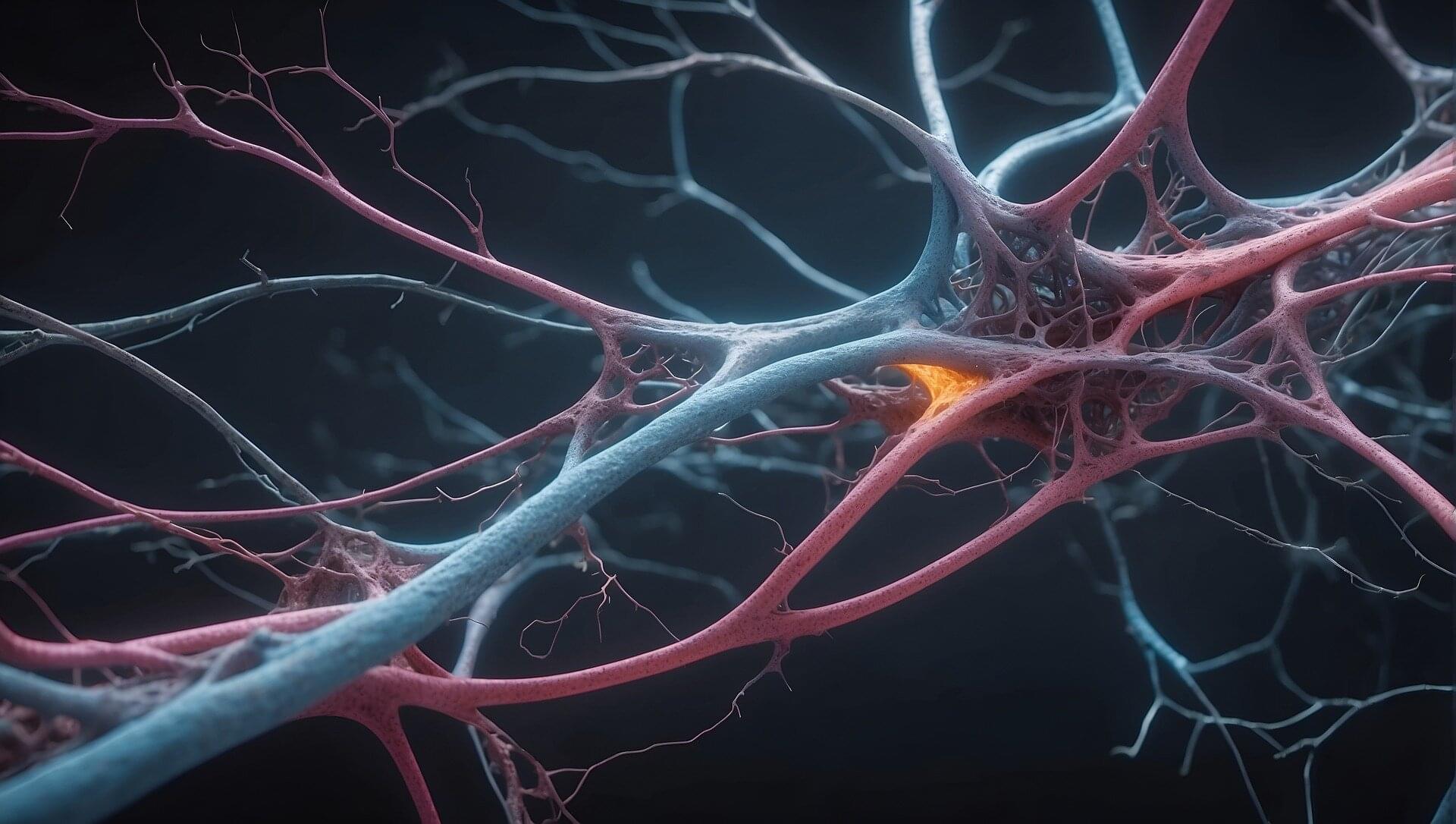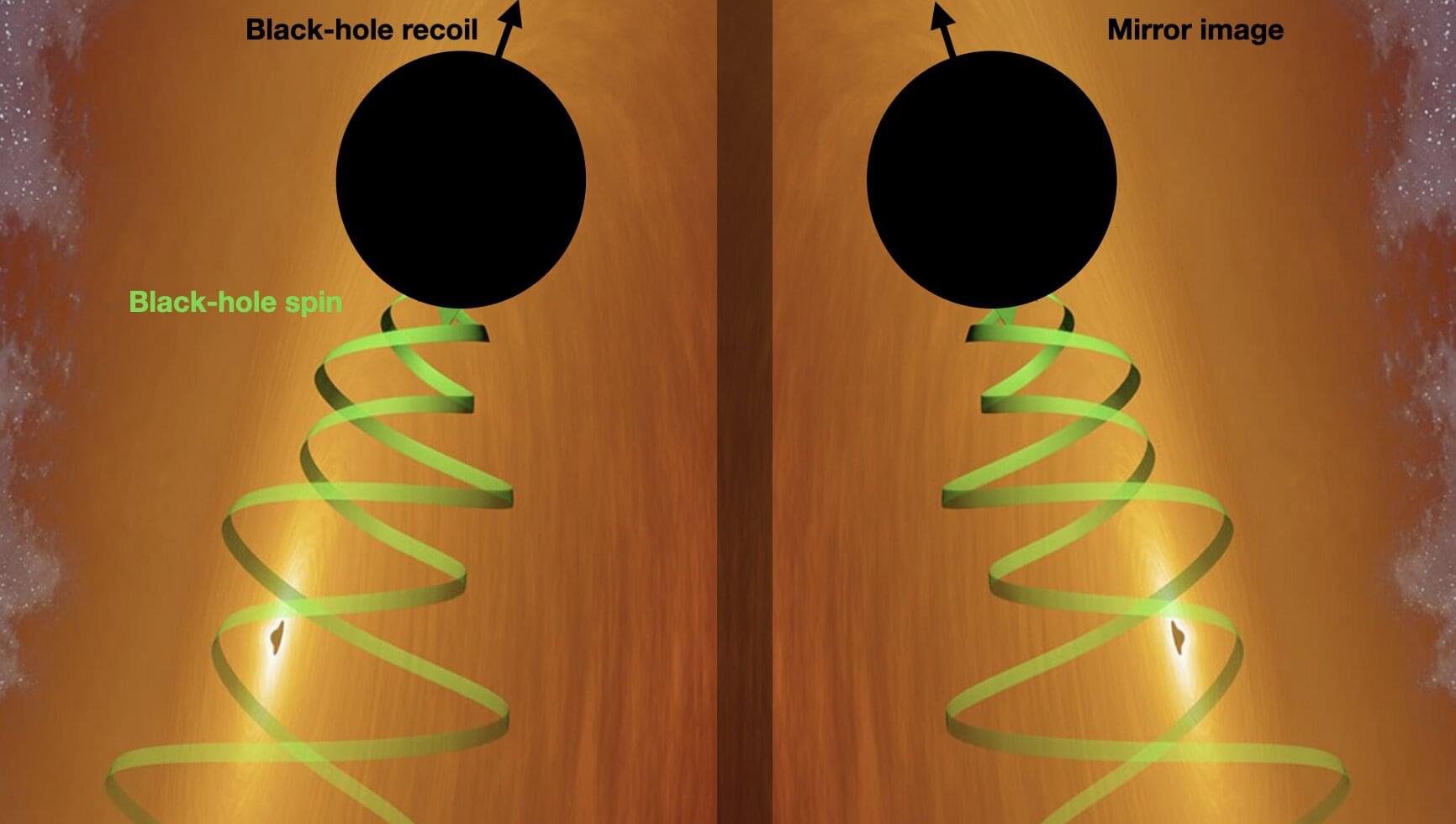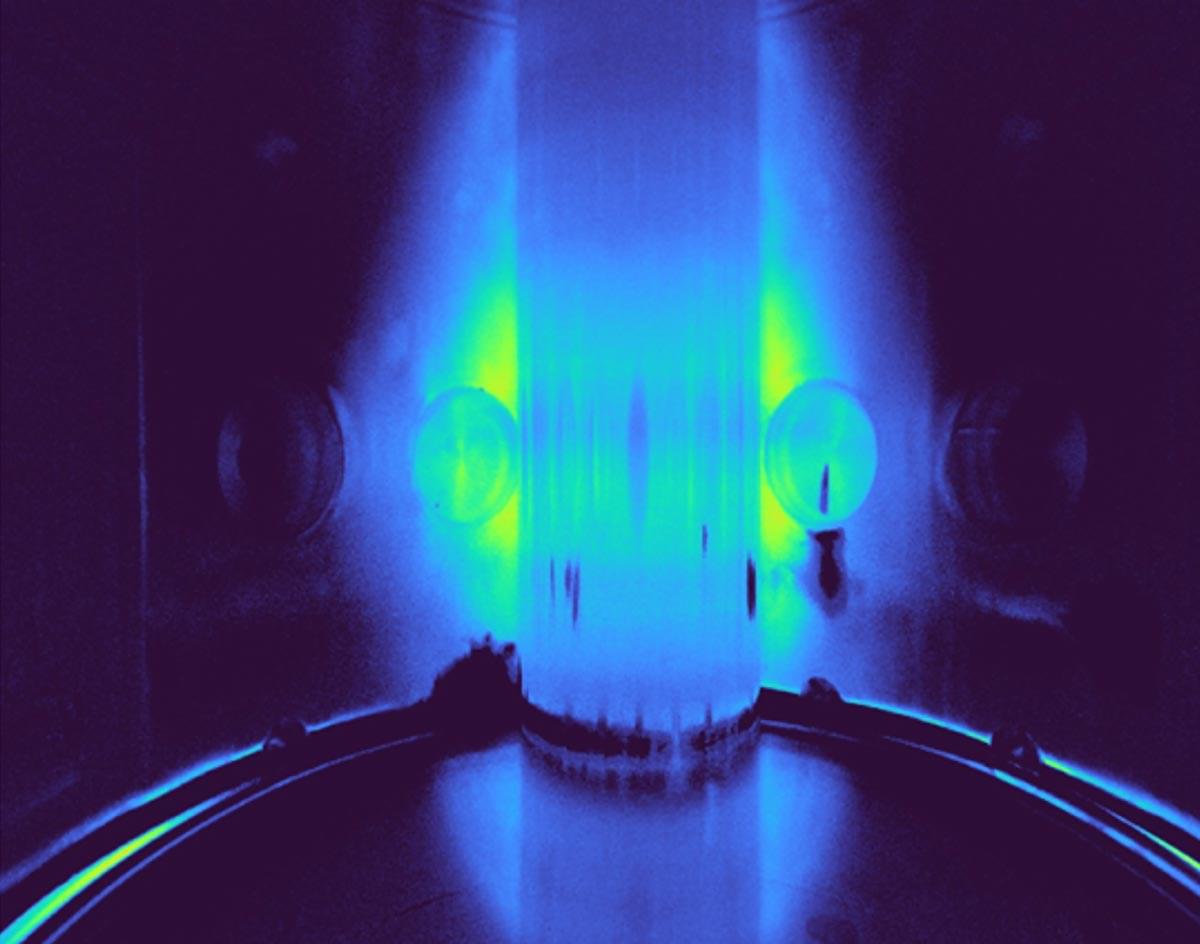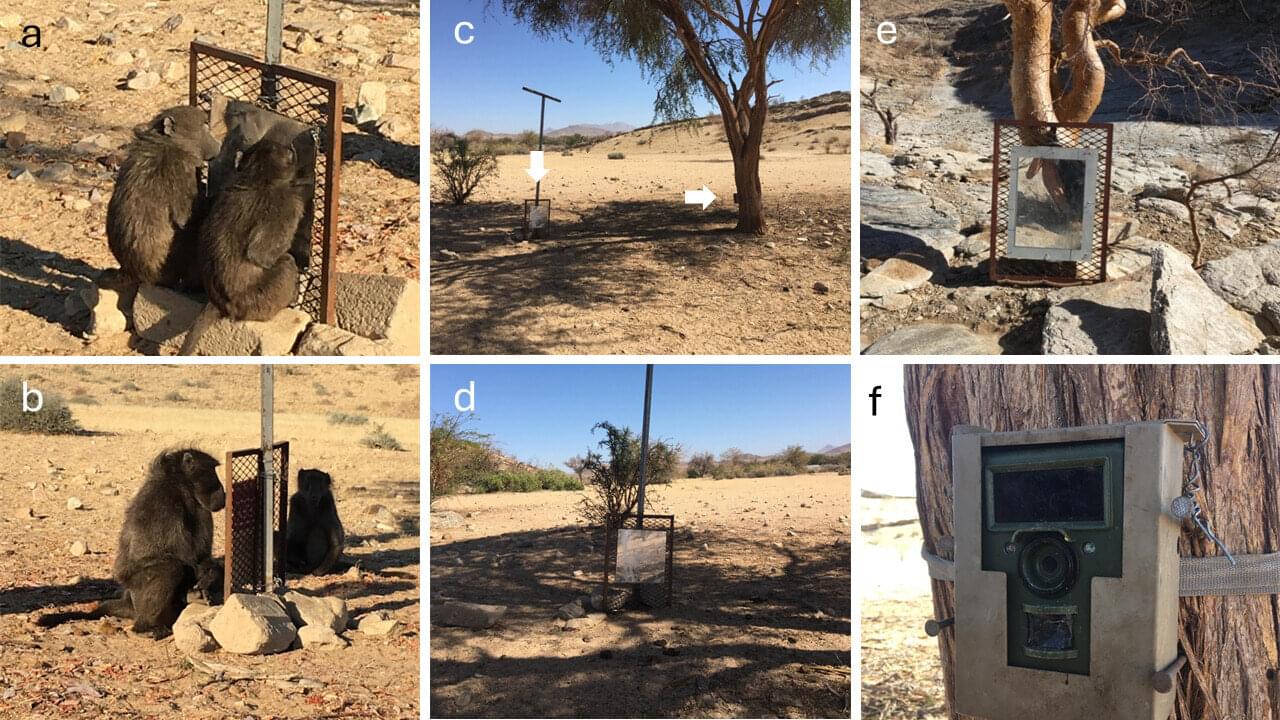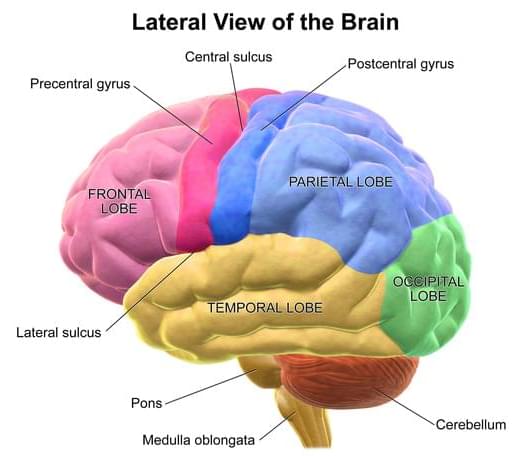Time flows at different speeds in different states of mind, and sometimes expands dramatically. Does this mean that it is created by our minds?
Researchers at the University of Colorado Anschutz Medical Campus have found a promising drug candidate that could help restore vision in individuals with multiple sclerosis (MS) and other neurological conditions that damage neurons.
The study was published this week in the journal Nature Communications.
The drug, LL-341070, enhances the brain’s ability to repair damaged myelin — the protective sheath around nerve fibers. Damage to myelin is a hallmark of diseases like MS, as well as a natural consequence of aging, often resulting in vision loss, loss of motor skills, and cognitive decline.
In an article published in Physical Review Letters on Thursday, scientists carried out an innovative study testing the existence of mirror asymmetries in our universe by studying the handedness of the gravitational-wave emission from black-hole mergers detected by Advanced LIGO and Virgo.
The pillar of modern cosmology—known as the Cosmological Principle—states that, when observed at large scales, the universe is isotropic and homogeneous. This is, all observers in the universe will roughly observe the same structures regardless of where they are or where they look. As a consequence, the universe must not display a preference for stuff that rotates clock or anti-clockwise but, which is known as “mirror symmetry.”
Einstein’s theory of gravity, known as General Relativity, predicts that massive bodies can produce a type of radiation known as gravitational waves, which consist of distortions of spacetime that travel away from their sources at the speed of light. Such waves are produced in some of the most violent events in the universe, like supernovae, black-hole mergers or the big bang itself.
The University of Seville’s SMART tokamak has achieved a critical milestone by creating its first tokamak plasma.
Plasma is one of the four fundamental states of matter, along with solid, liquid, and gas. It is an ionized gas consisting of positive ions and free electrons. It was first described by chemist Irving Langmuir in the 1920s.
Me, Yahoo, kuulumme Yahoo-konsernin bränditSivustot ja sovellukset, jotka omistamme ja joita operoimme, mukaan lukien Yahoo ja AOL, sekä digitaalinen mainospalvelumme, Yahoo Advertising. Yahoo-konserniin.
A study published in Proceedings of the Royal Society B, found that while the baboons noticed and responded to a laser mark shining on their arms, legs and hands, they did not react when they saw, via their mirror reflection, the laser on their faces and ears.
It was the first time a controlled laser mark test has been done on these animals in a wild setting and strengthens the evidence from other studies that monkeys don’t recognize their own reflection.
The researchers observed 120 Chacma baboons in Tsaobis Nature Park, Namibia, between May and October 2021 to better understand self-awareness among wild non-hominid primates, who have previously been tested almost exclusively in captivity.
The divide between their lineage and ours narrowed even further in 2010, when researchers published the first Neandertal genome sequence. Comparison of that ancient DNA with modern human DNA showed that the two species had interbred and that people today still carry the genetic fingerprint of that intermixing. Since then, numerous studies have explored the ways in which Neandertal DNA affects our modern physiology, revolutionizing our understanding not only of our extinct cousins but of ourselves as a hybrid species.
This area of research, clinical paleogenomics, is still in its infancy, and there are many complexities to unravel as we explore this new frontier. We therefore must take the findings from these studies with a grain of salt. Nevertheless, the research conducted to date raises the fascinating possibility that Neandertal DNA has wide-reaching effects on our species—not only on general health but on brain development, including our propensity for conditions such as autism. In other words, DNA from our extinct relatives may, to some extent, shape the cognition of people today.
This old talk by Daniel Dennett touches on a lot of topics we’ve discussed recently. Dennett explains why it’s wrong to regard phenomenal consciousness (the “what it’s likeness” or “raw experience” version) as separate from access consciousness (the cognitive access of information for decision making, memory, report, etc).
Note that Dennett doesn’t deny the existence of phenomenal consciousness here, just the idea that it’s something separate and apart from access. He even passes up opportunities to dismiss qualia, although he does provide a reduction of them.
This video is about 66 minutes long. Unfortunately the video and sound quality aren’t great, and the camera operation is annoying, but the talk is worth powering through.
Attention schema theory has some plausibility.
Lately I’ve been reading up on global workspace theory (GWT). In a survey published last year, among general consciousness enthusiasts, integrated information theory (IIT) was the most popular theory, followed closely by GWT. However, among active consciousness researchers, GWT was seen as the most promising by far (although no theory garnered a majority). Since seeing those results, I’ve been curious about why.
One reason might be that GWT has been around a long time, having first been proposed by Bernard Baars in 1988, with periodic updates all recently republished in his new book. It’s received a lot of development and has spawned numerous variants. Daniel Dennett’s multiple drafts model is one. But perhaps the one with the most current support is Stanislas Dehaene’s global neuronal workspace, which I read and wrote about earlier this year.
All of the variants posit that for an item to make it into consciousness, it has to enter a global workspace in the brain. This is most commonly described using a theater metaphor.
Well, I find this a bit disappointing. I was hoping that the contest between global workspace theory (GWT) and integrated information theory (IIT) would be announced sometime this year. Apparently, I’m going to have to wait awhile:
Pitts describes the intention of this competition as “to kill one or both theories,” but adds that while he is unsure that either will be definitively disproved, both theories have a good chance of being critically challenged. It’s expected to take three years for the experiments to be conducted and the data to be analyzed before a verdict is reached.
Three years. And of course there remains no guarantee the results will be decisive. Sigh.

